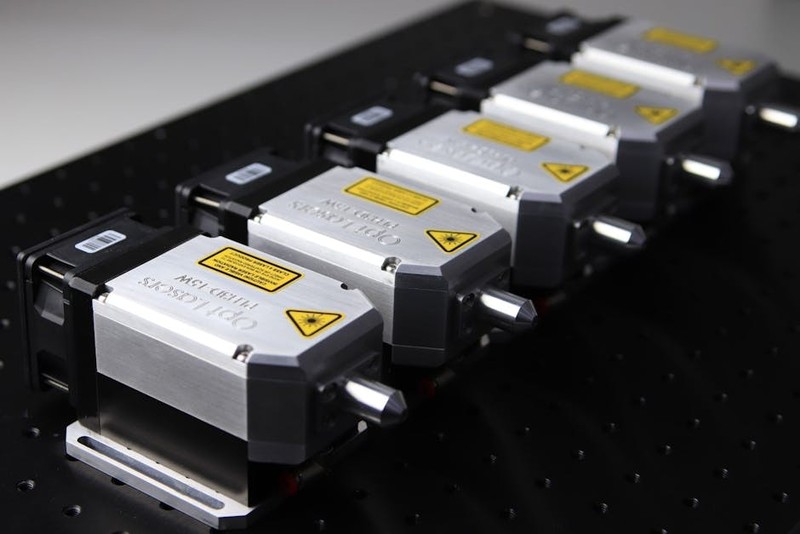The Intersection of Craftsmanship and Technology
In the world of luxury residential hardware, the demand for uniqueness and perfection is non-negotiable. Clients expect more than functionality—they seek heirloom-quality pieces that reflect their personal style and elevate their living spaces. This is where custom CNC machining shines, merging the precision of advanced manufacturing with the artistry of bespoke design.
From my experience leading high-end hardware projects, I’ve seen how CNC machining can turn visionary designs into tangible masterpieces. But it’s not without its challenges. Let’s dive into the nuances of this process and how to navigate them like a pro.
The Hidden Challenge: Balancing Aesthetics and Durability
Luxury hardware must look impeccable while standing the test of time. One of the biggest hurdles is material selection—choosing metals that are both beautiful and resilient. For example:
– Brass and Bronze: Offer timeless appeal but require precise machining to avoid tool wear and surface defects.
– Stainless Steel: Highly durable but challenging to polish to a mirror finish without micro-scratches.
– Exotic Alloys: Like titanium or Damascus steel, which demand specialized tooling and expertise.
Case Study: The High-End Door Handle Dilemma
A client once requested a set of solid bronze door handles with intricate floral patterns. The design was stunning, but the machining process revealed two critical issues:
1. Tool Chatter: The delicate details caused vibration, leading to uneven finishes.
2. Material Waste: Bronze’s softness resulted in higher scrap rates during milling.
Solution: We switched to high-speed, low-feed machining with diamond-coated tools, reducing chatter by 40% and scrap rates by 25%. The final product had a flawless, hand-polished look—without the handwork price tag.
Expert Strategies for Flawless Custom CNC Hardware

1. Design for Manufacturability (DFM)
- Simplify Complex Geometries: Avoid undercuts or ultra-thin walls that increase machining time and risk.
- Optimize Tolerances: Tight tolerances (e.g., ±0.001″) are costly. Specify them only where critical.

2. Surface Finish Mastery
| Finish Type | Process | Best For |
|---|---|---|
| Mirror Polish | Multi-stage buffing + diamond paste | High-reflectivity handles |
| Brushed Satin | Linear abrasive brushing | Modern, fingerprint-resistant surfaces |
| Antique Patina | Chemical oxidation + hand-rubbing | Vintage-style hardware |
| Pro Tip: For a luxury feel, combine finishes—e.g., a mirror-polished front with a brushed backplate. | ||
| ### 3. Cost-Effective Customization | ||
| – Batch Machining: Group similar components to reduce setup time. | ||
| – Modular Designs: Use interchangeable CNC-milled inserts (e.g., monogram plates) to personalize without full reprocessing. | ||
| — | ||
| ## The Future: Smart CNC Hardware for Luxury Homes | ||
| The next frontier is integrated smart features. Imagine a CNC-milled brass door handle with embedded fingerprint sensors or LED lighting. One of our recent projects involved: | ||
| – Hidden Wiring Channels: Machined into the handle’s core for seamless smart lock integration. | ||
| – Weight Optimization: Hollowed interiors to house electronics without compromising strength. | ||
| Result: A 20% premium in client value perception, with no sacrifice in aesthetics. | ||
| — | ||
| ## Key Takeaways for Industry Professionals | ||
| 🔹 Material Matters: Test alloys rigorously before full-scale production. | ||
| 🔹 Precision Pays Off: Invest in high-quality tooling to reduce rework. | ||
| 🔹 Innovate Thoughtfully: Smart features should enhance, not overshadow, the design. | ||
| By mastering these principles, you can deliver luxury hardware that’s as technically impeccable as it is breathtaking. The devil is in the details—but so is the artistry. |